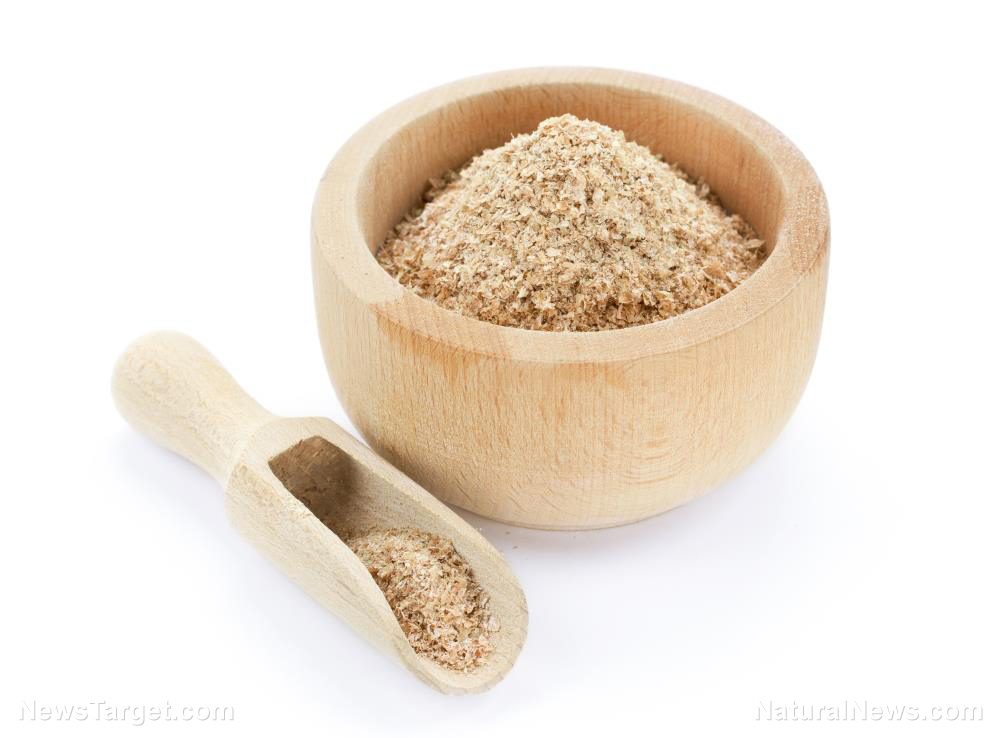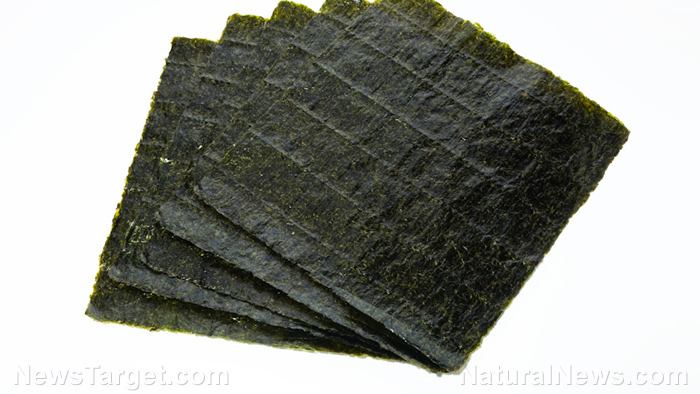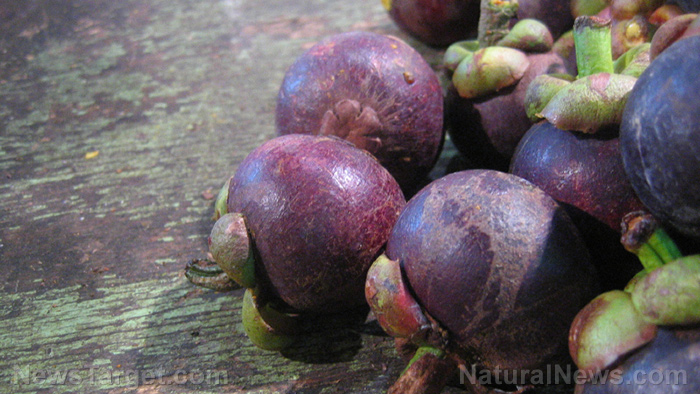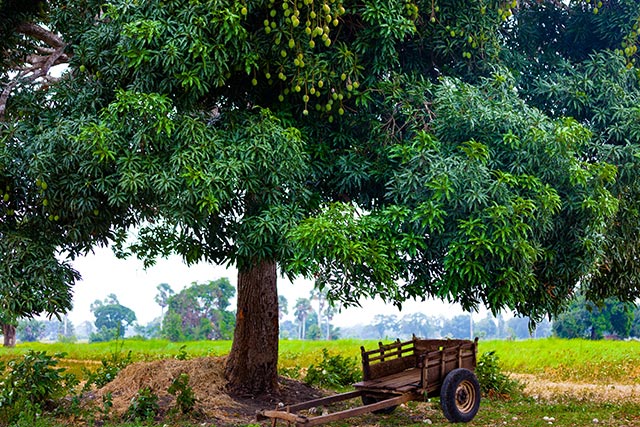Dicamba “drift” destroying crops downwind from application sites of Monsanto’s toxic herbicide
07/31/2017 / By Ethan Huff

It’s one of the most controversial issues in modern agriculture: persistent crop chemicals of a highly toxic nature that spread unabated beyond the field. The experts call this “drift,” and one herbicide in particular that’s causing major problems in this regard is dicamba, also known as “Xtend,” a broad-leafed Monsanto weedkiller product commonly applied to genetically-modified (GM), dicamba-resistant crop seeds.
Though dicamba has been on the market for several decades, it’s historically been used only as a pre-emergent, meaning it was applied to soils before crop plantings. But farmers are now applying this noxious chemical product to crops after they’ve been planted – and reports indicate that they’re doing so illegally, as dicamba isn’t approved for post-planting use.
The reason for this is that dicamba is highly volatile, meaning it easily takes flight in the air and spreads with the wind. Monsanto had supposedly reformulated a safer version of the product back in November 2016 to address this problem. That product was approved for use beginning in the 2017 planting season, however these claims about its improved safety have yet to be verified.
Meanwhile, Monsanto has released dicamba-resistant GM crop seeds to farmers despite the fact that dicamba still isn’t legal for post-planting use. And perhaps not surprisingly, farmers have begun applying it profusely in violation of the law, which is causing major drift problems all throughout the farm belt.
“If dicamba lands on a field that isn’t planted with Monsanto’s dicamba-resistant crops, the impact can be devastating,” explains Modern Farmer.
“Non-resistant soybeans that come into contact with dicamba suffer from puckered leaves, buckled pods, and stunted growth. Farms from Arkansas to North Carolina have been hit; millions of acres have been affected. Monsanto has been sued over this; the lawsuits are ongoing. There’s already been one report of a murder over dicamba spraying. Seriously.”
Federal crop insurance doesn’t cover damage caused by dicamba drift
If that’s not bad enough, these affected farms reportedly aren’t covered by federal crop insurance in the event that their crops are damaged by dicamba. The only disasters covered by federal crop insurance are those designated as “natural,” such as drought or flood.
This means that if a farmer loses his entire yield because the field next door was blasted with dicamba that spread with the wind, he will have no recourse other than to file a lawsuit and hope that he’s assigned a sympathetic judge and jury.
“Patience is beginning to wear thin on these folks, especially if you have been drifted on multiple times,” says Larry Steckel, a weed specialist at the University of Tennessee. Steckel has reportedly encountered many farmers throughout his state who are sustaining damages from the Monsanto chemical.
These farmers are said to be losing anywhere from 30 to 50 percent of their yields from dicamba, especially when the chemical lands in their fields multiple times. There comes a point when damages are so perpetual that they add up to major financial losses and potential bankruptcy for farmers, many of whom are ready to start lashing out against Monsanto, the guilty party in all this.
Dicamba, it turns out, is much more volatile than even Roundup (glyphosate), the multinational company’s other major weedkiller that’s been in the news many times for causing damage to both the environmental and human health.
“Supposedly, Monsanto instructed farmers not to spray the new soybeans with dicamba,” adds Modern Farmer, “but apparently the temptation was too great: An estimated 200,000 acres of soybeans in Arkansas, Tennessee, and Missouri have been affected by dicamba drift so far this summer.”
Sources for this article include:
Tagged Under: Dicamba, food crops, GM crops, Monsanto, pesticide drift, toxic chemicals




















